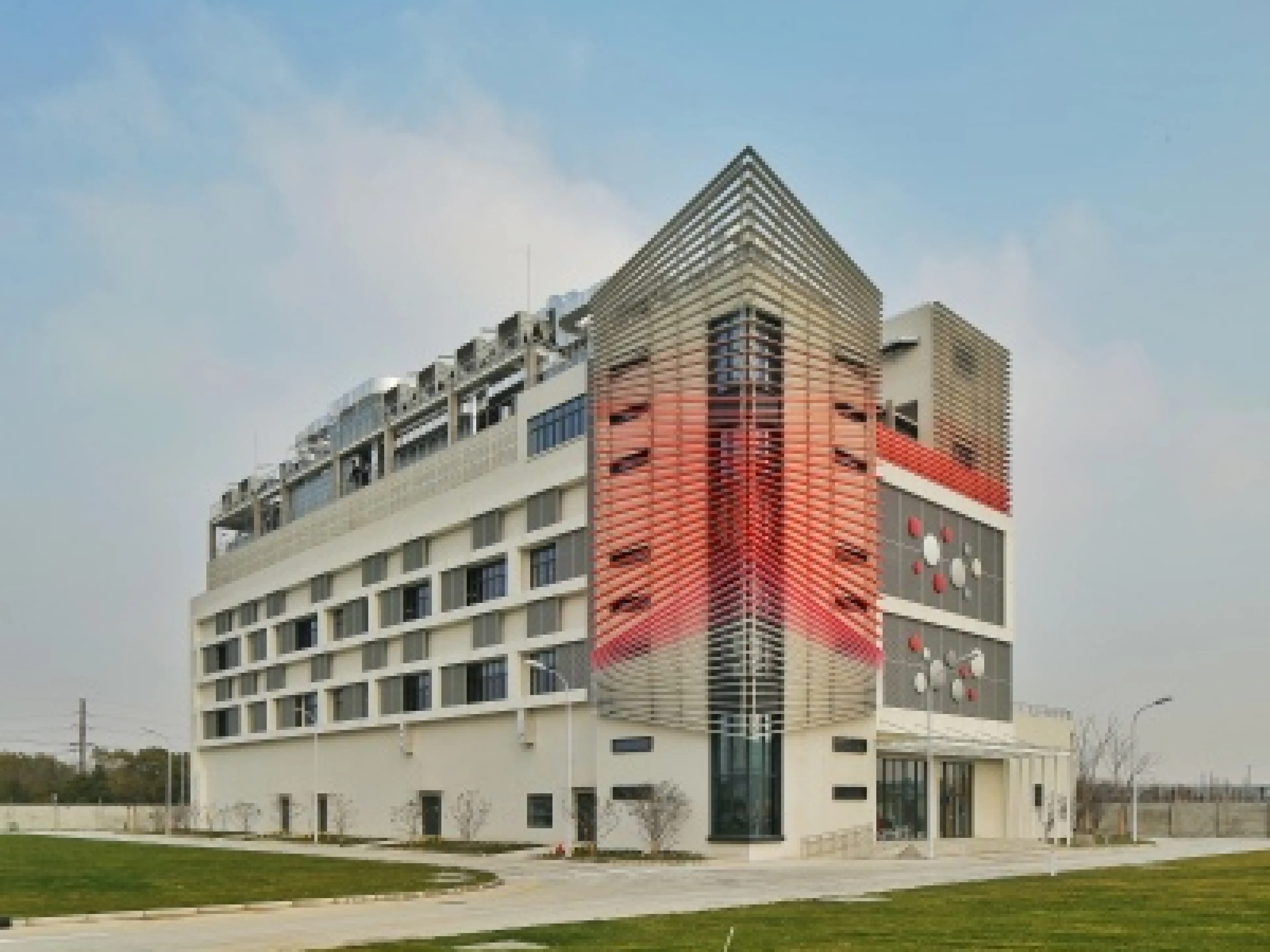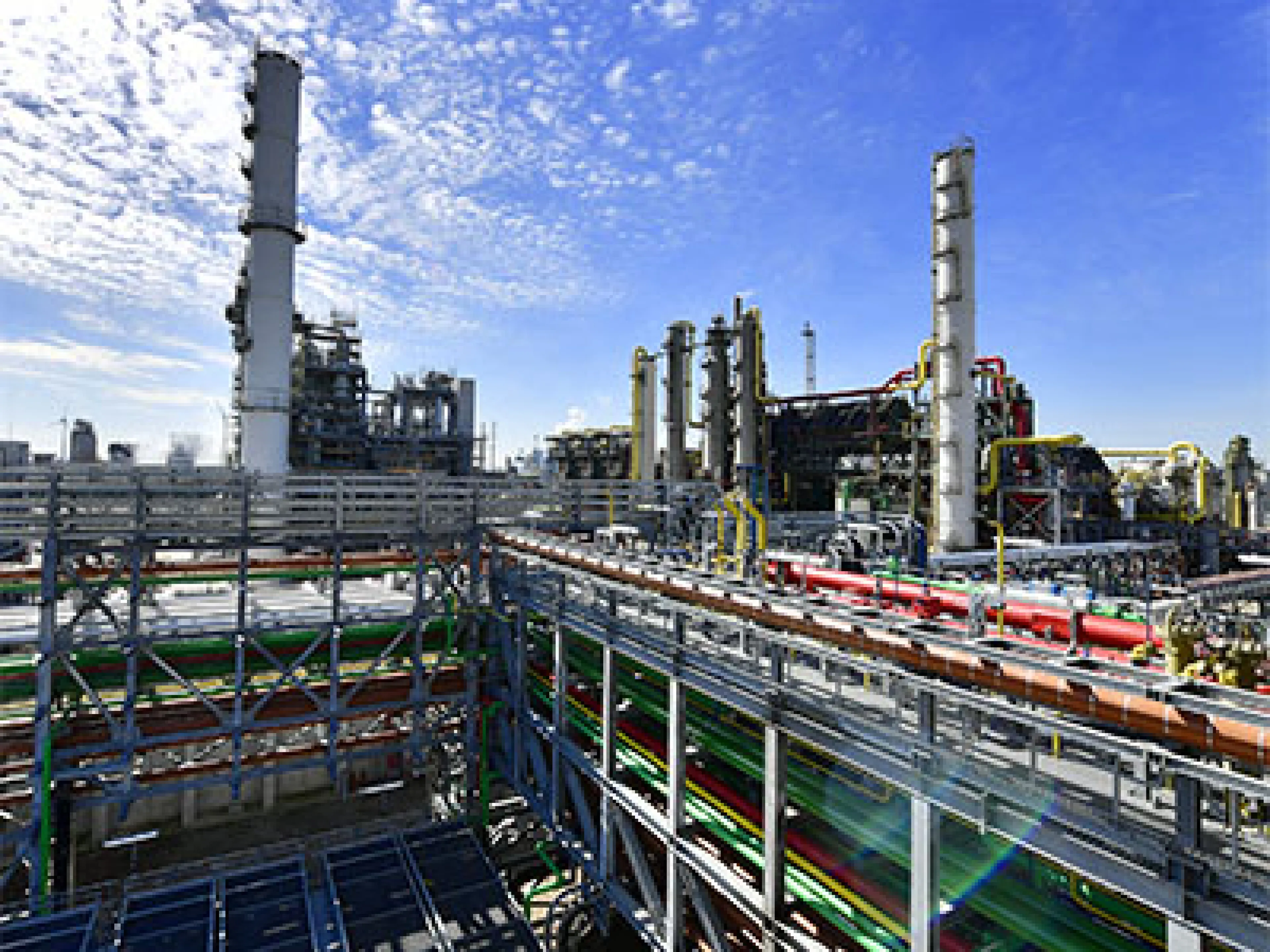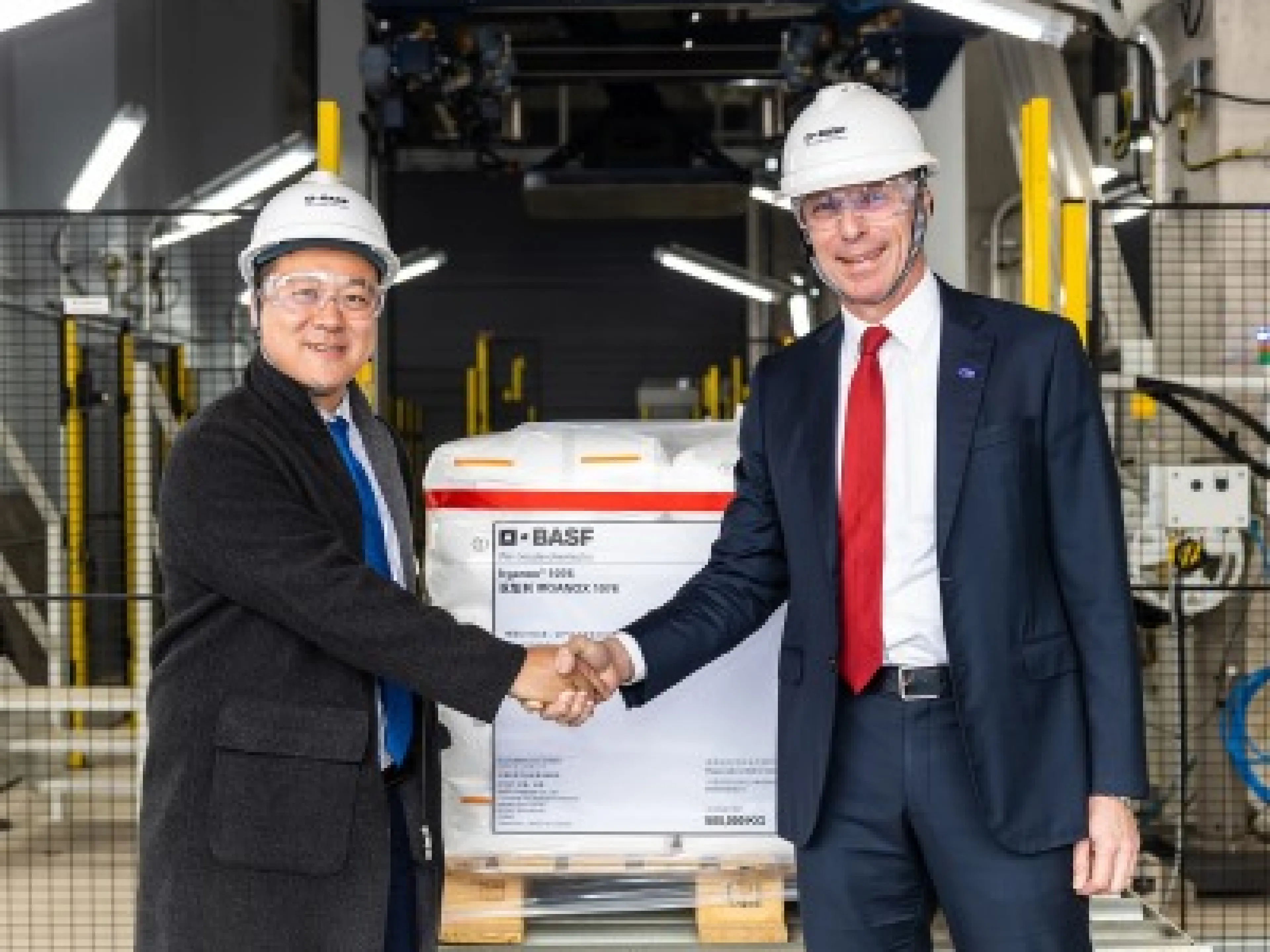
BASF has broken ground for a syngas plant at its Verbund site in Zhanjiang, China. The new world-scale production plant, which is fully integrated into the Verbund site, is scheduled to come on stream in 2025. The chemicals group will use new process concepts in the syngas plant to reduce CO2 emissions compared with conventional syngas plants, thus contributing to the company's sustainability goals. The state-of-the-art plant will produce syngas and hydrogen for captive use in BASF's production Verbund. Syngas is mainly produced using carbon dioxide, a by-product of the ethylene oxide process, and surplus fuel gas from steam cracker operations.
"The technical concept of the syngas plant is the first of its kind in China and underlines our commitment to be climate neutral from 2050. Compared to other technologies, the innovative process technologies used here help reduce direct CO2 emissions from the Verbund site in Zhanjiang and, in particular, reduce the carbon footprint of our oxo and ethylene oxide products," said Bir Darbar Mehta, Senior Vice President, Petrochemicals Asia Pacific at BASF.
High plant availability
In addition to the raw materials mentioned above, the Syngas plant also allows the processing of other feedstocks, ensuring high plant availability. Power is supplied via the site-wide grid, which is to be powered by 100 percent renewable energy by 2025.
Background information on the BASF Verbund site in Zhanjiang
The investment in the Zhanjiang Verbund site is the company's largest single investment to date, worth up to ten billion euros when completed. The site will be operated under sole responsibility and will be BASF's third largest Verbund site worldwide, after Ludwigshafen and Antwerp.










